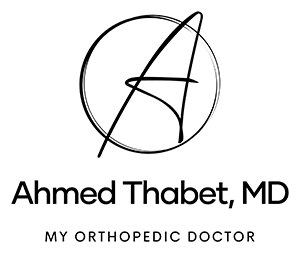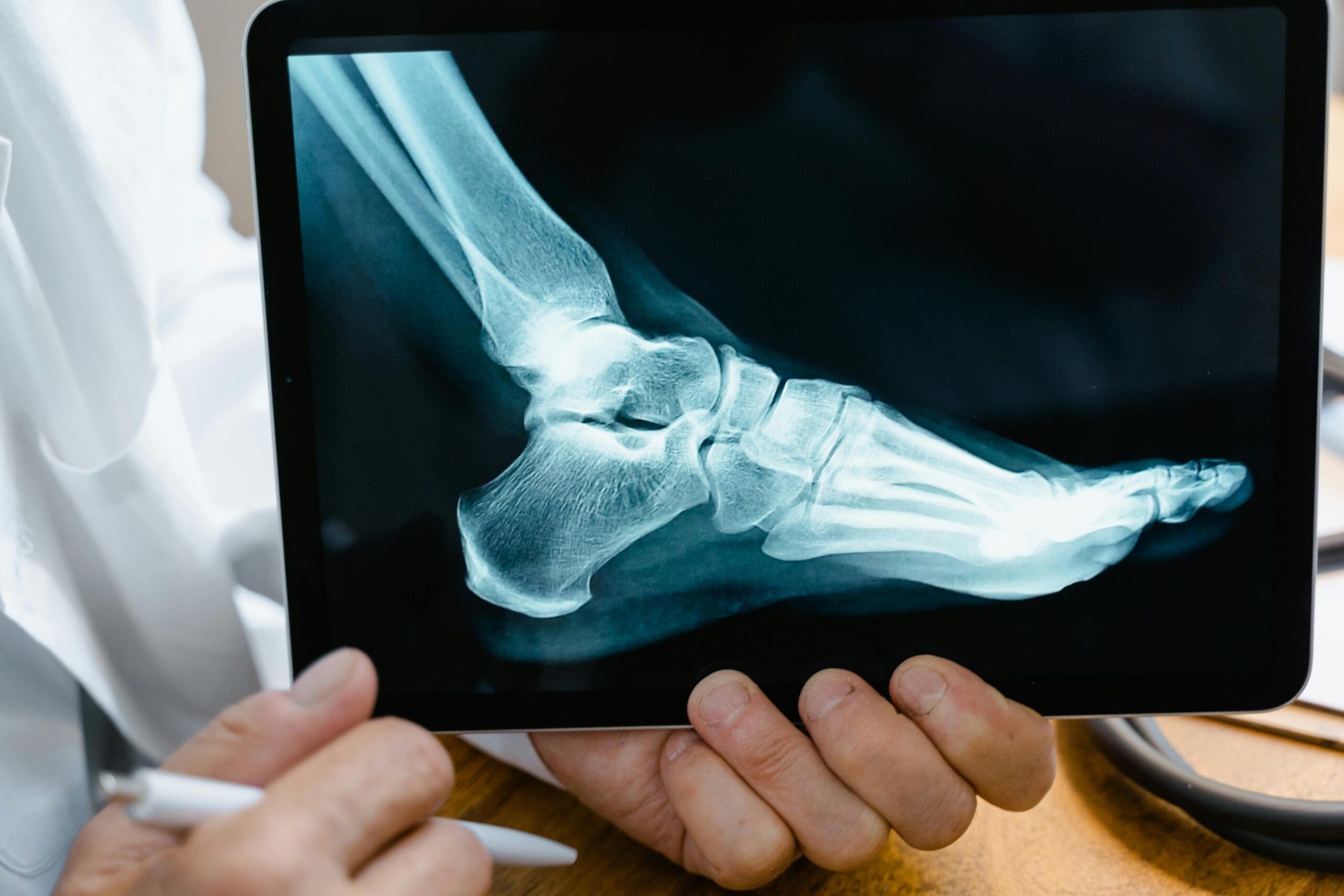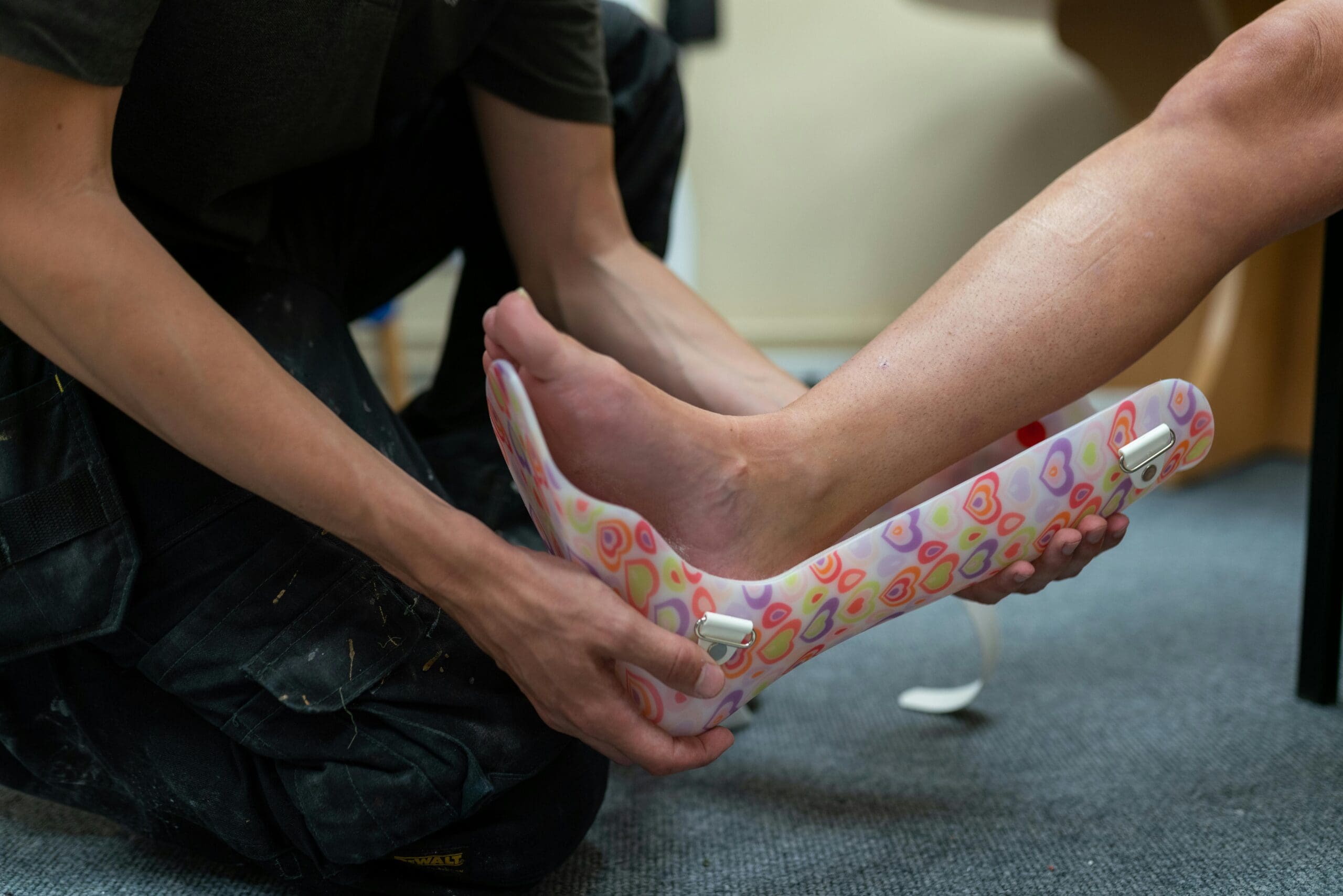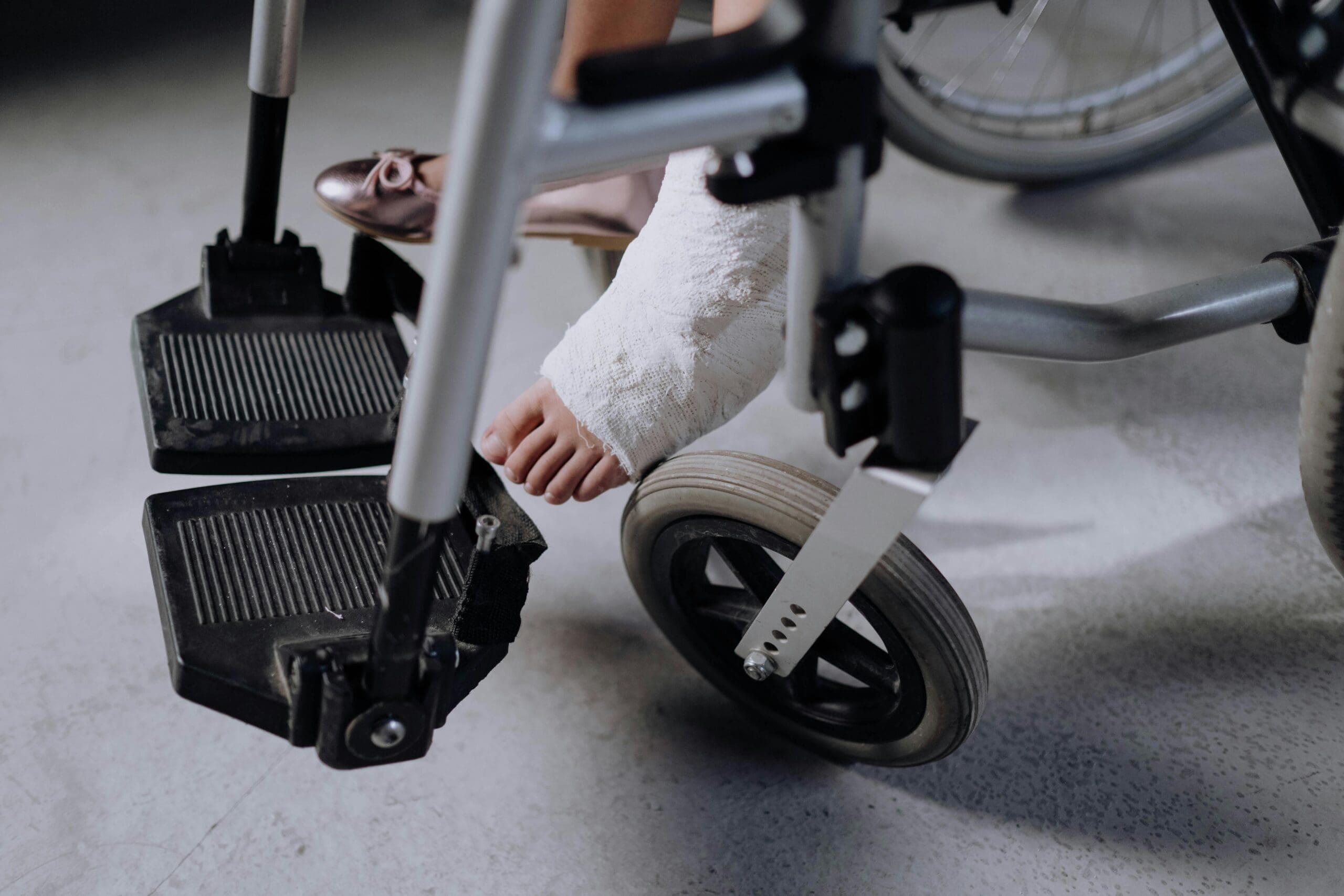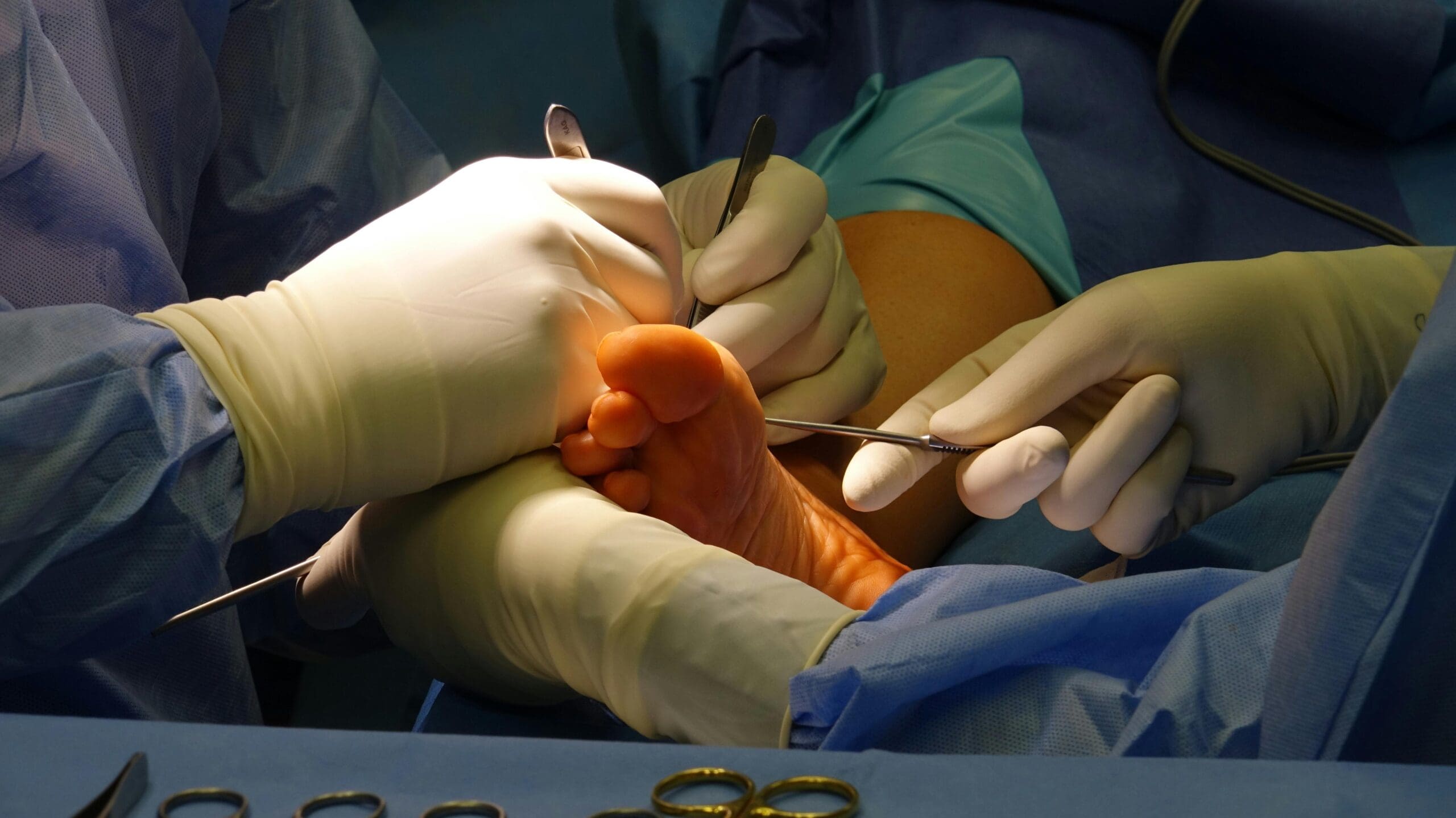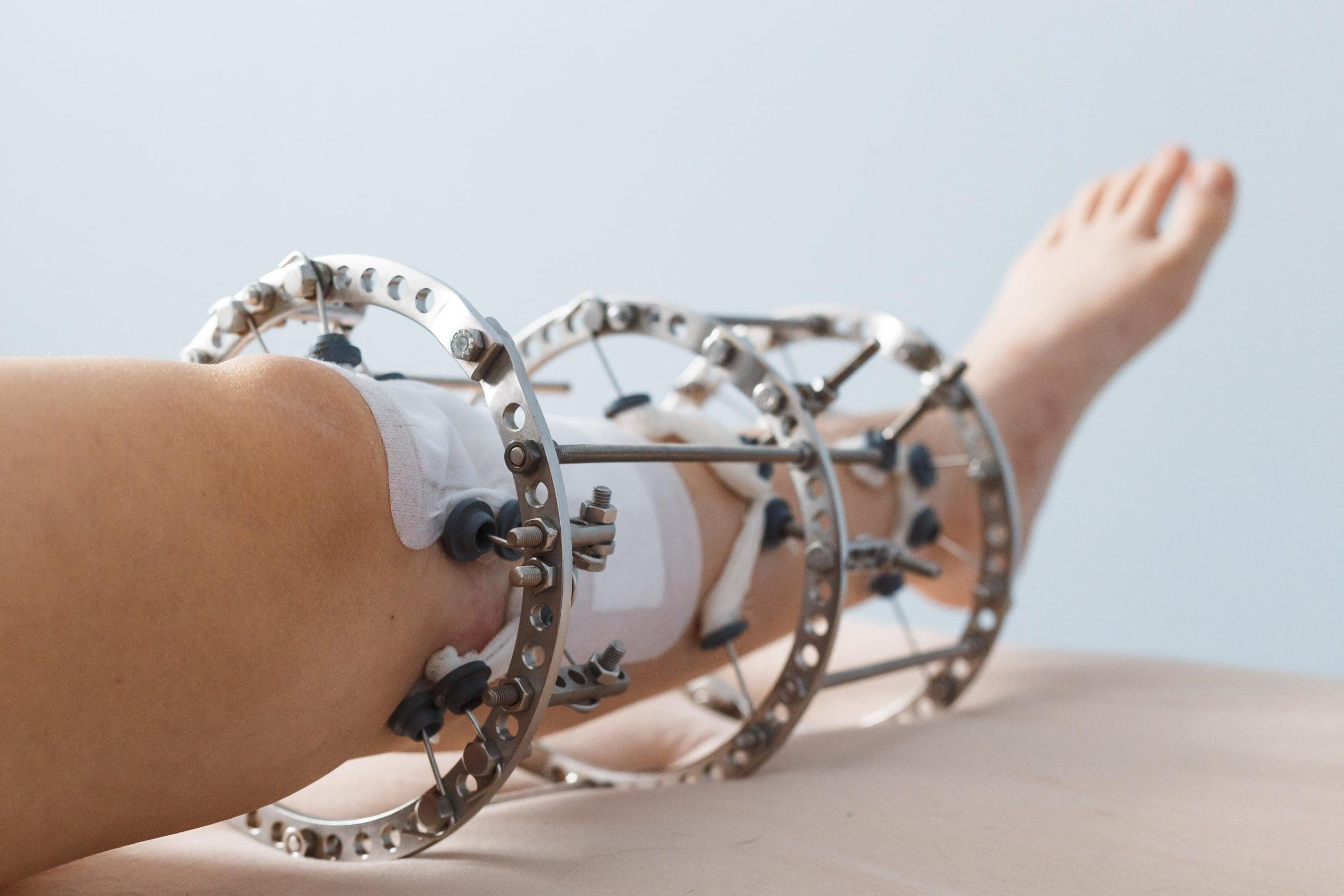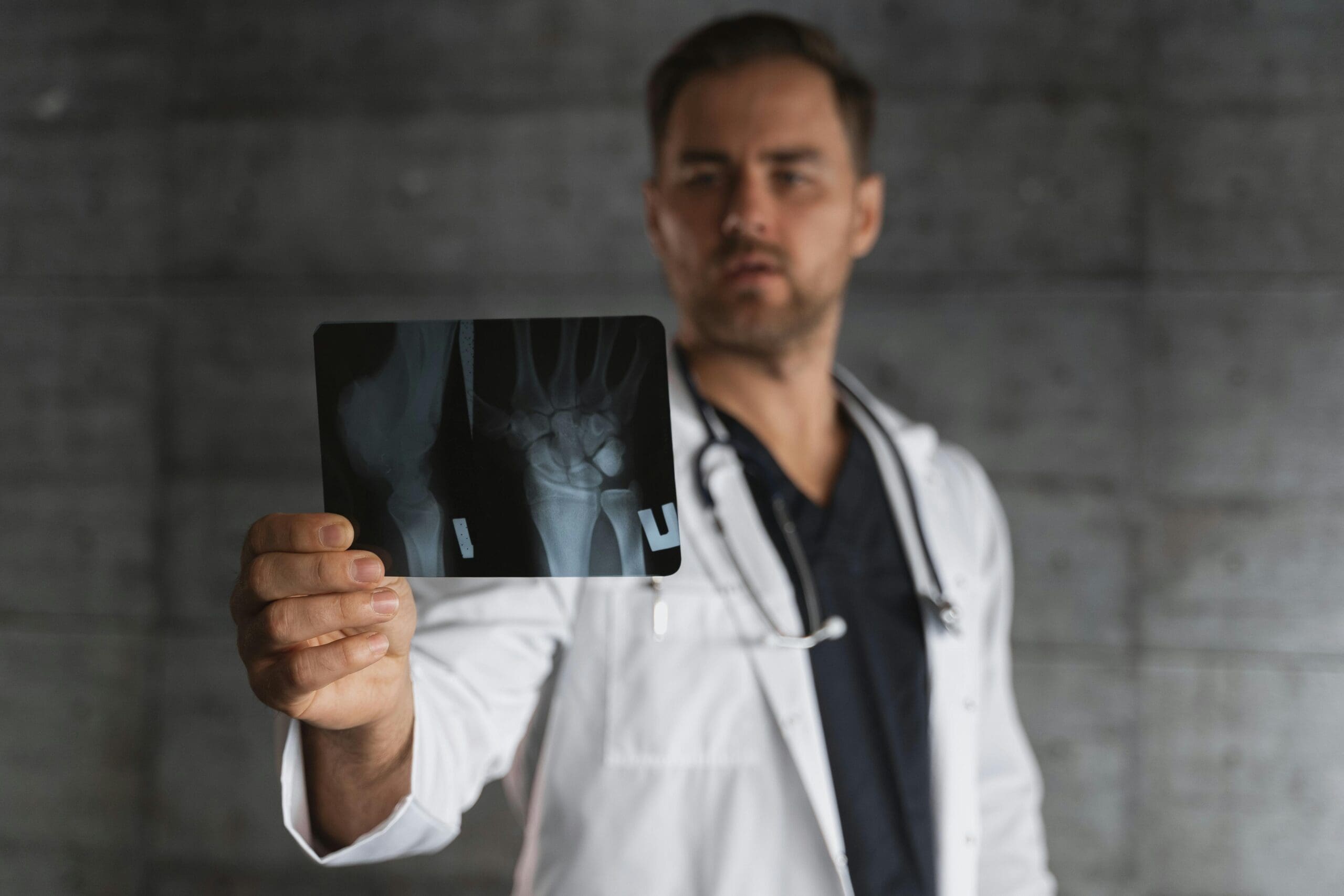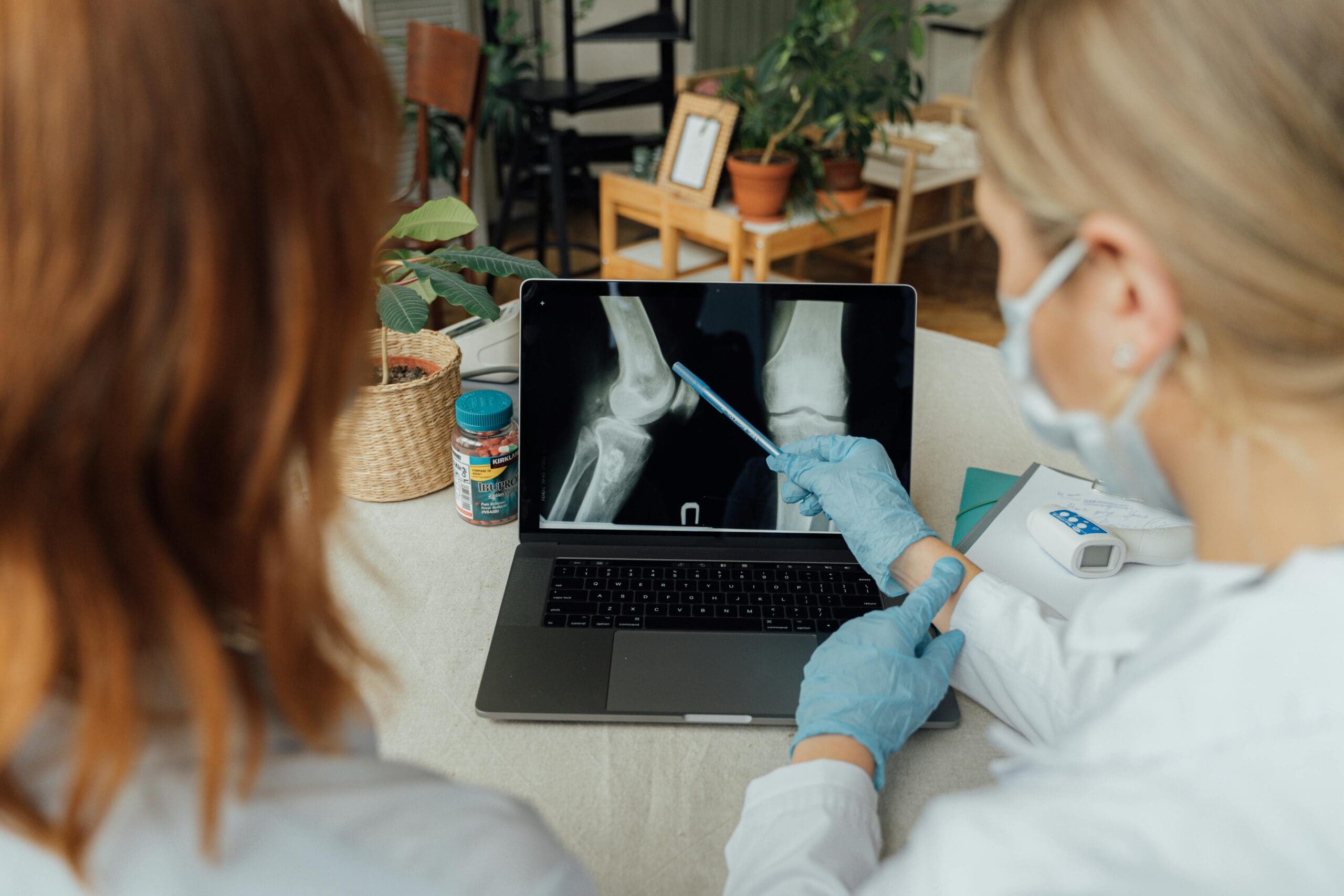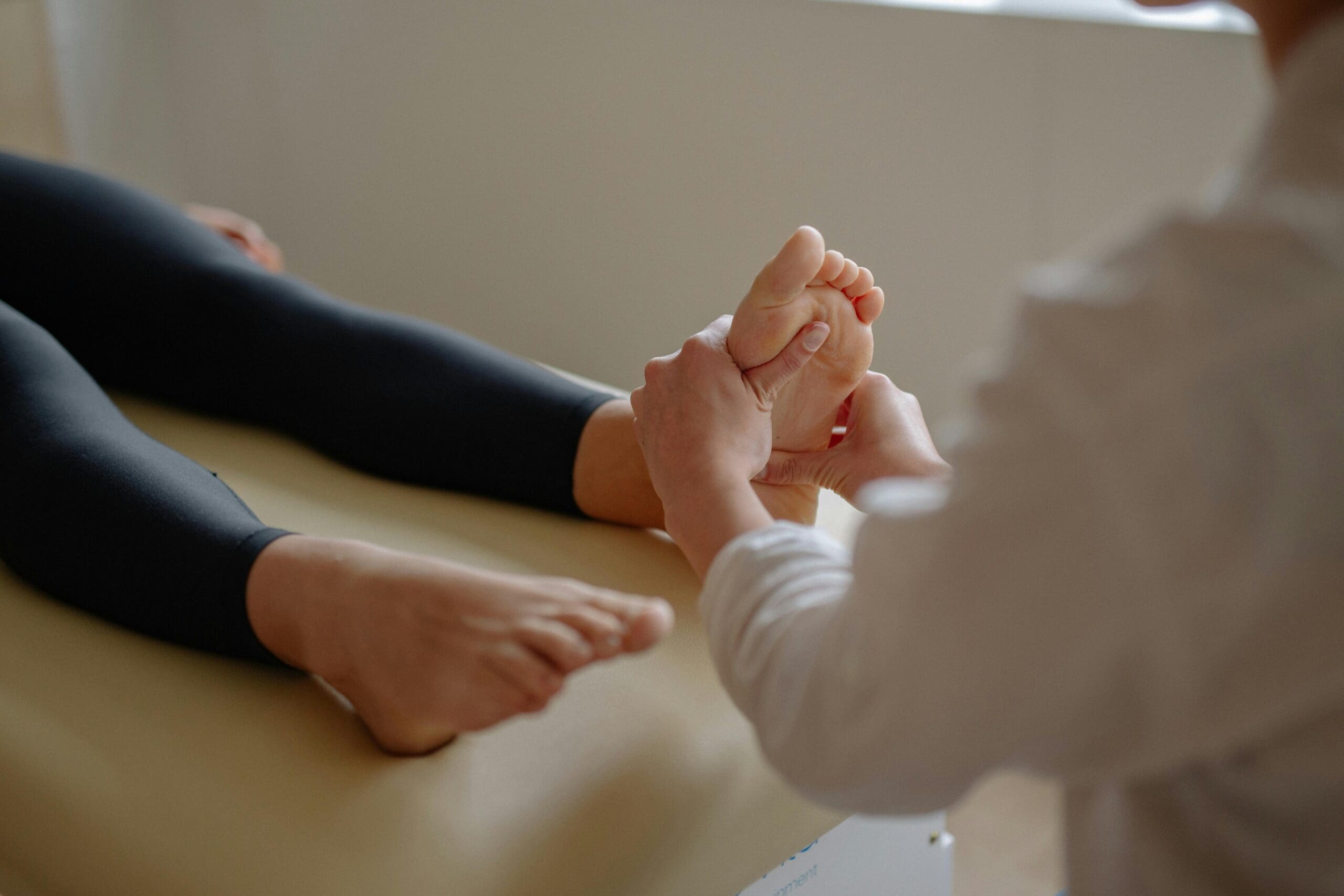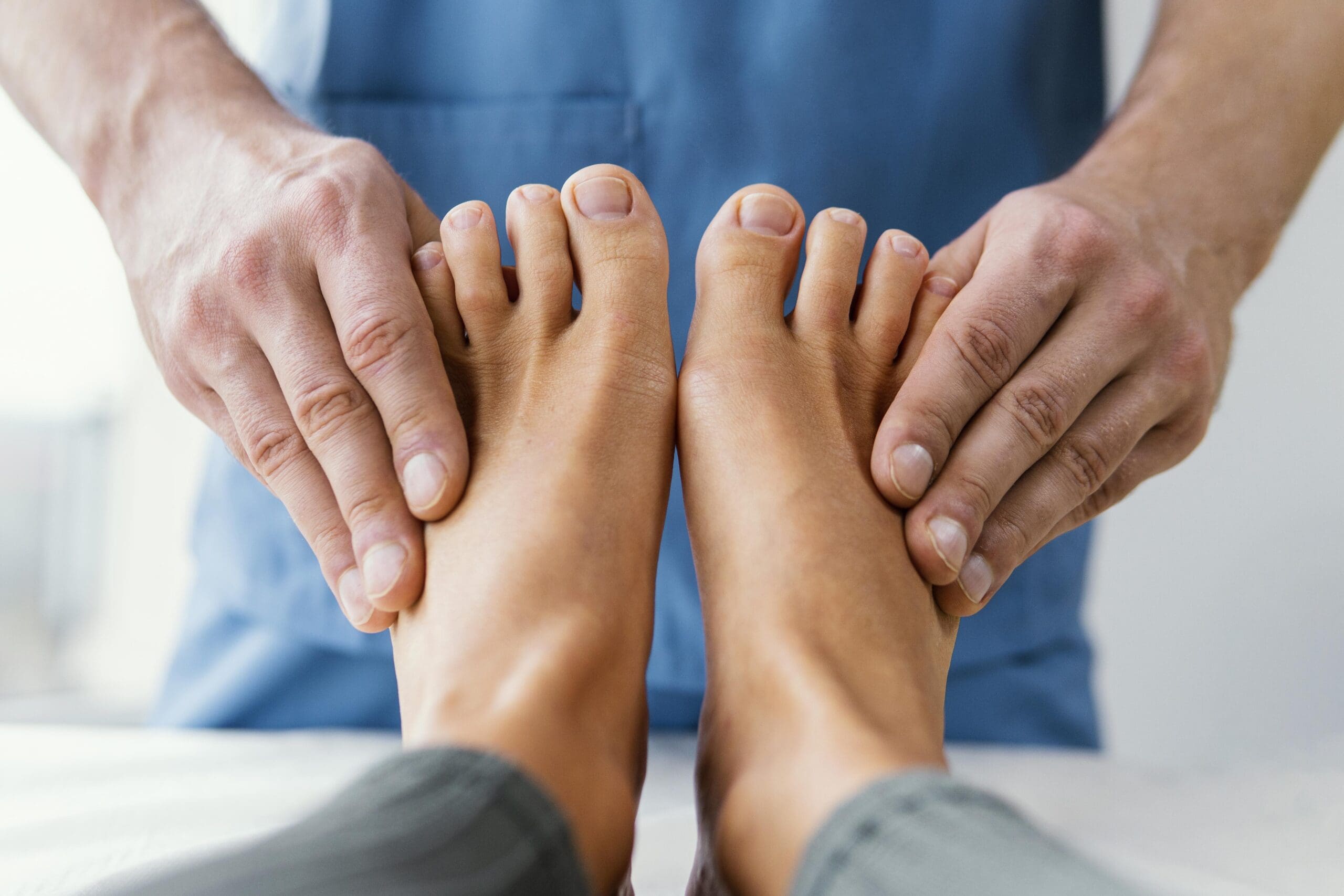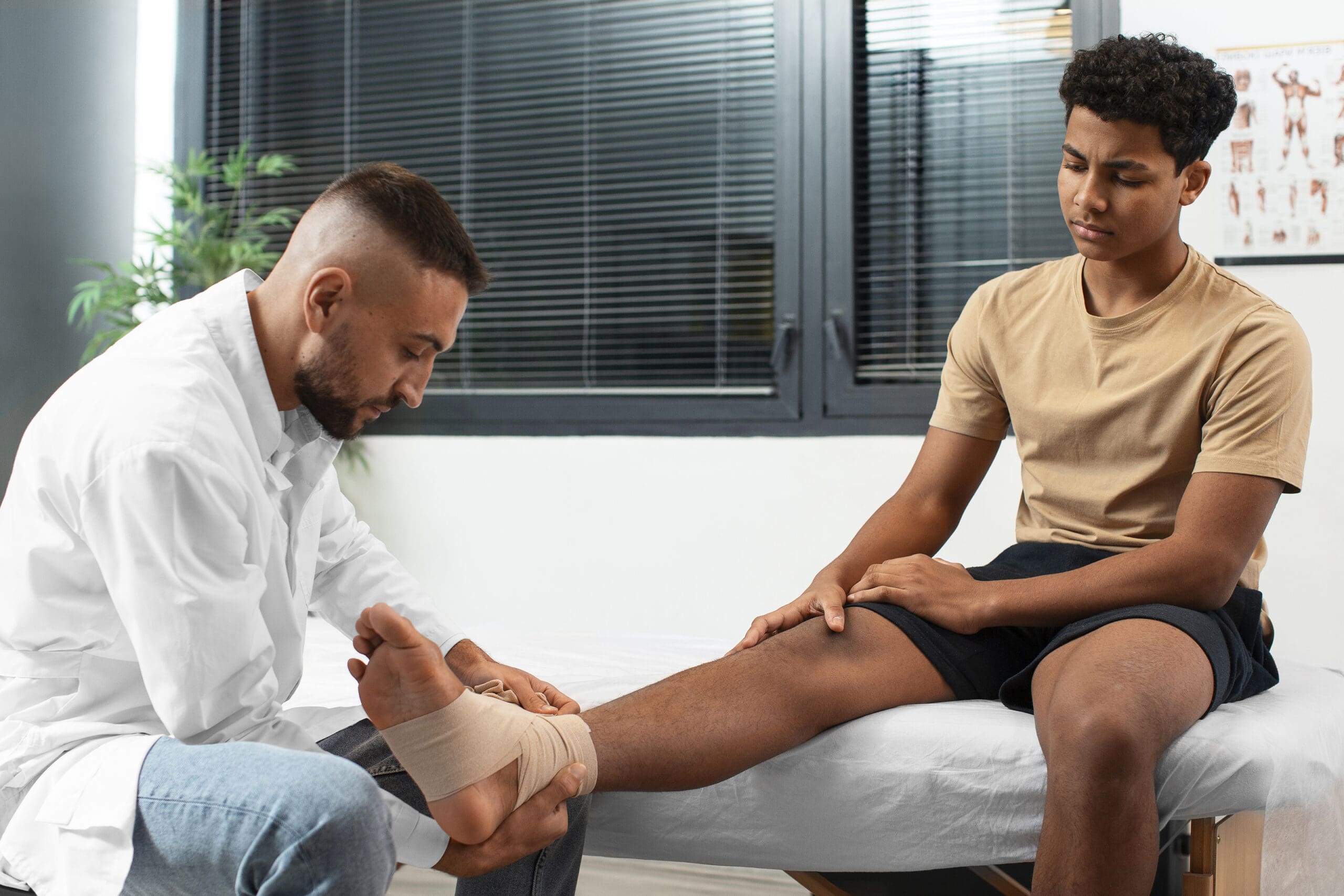Brachymetatarsia is a condition where one of the metatarsal bones in the foot is abnormally short.
It most commonly affects the fourth toe and can lead to both cosmetic concerns and functional problems such as pain, altered gait, and difficulty fitting into shoes. This condition may be congenital (present at birth) or acquired due to early closure of the growth plates.
Dr. Ahmed Thabet specializes in diagnosing and treating complex foot deformities, including brachymetatarsia. He offers individualized care plans using both traditional and advanced surgical techniques to restore alignment, comfort, and confidence.

Dr. Ahmed Thabet Hagag sees patients in Angleton, TX and throughout the greater Houston area.
Causes of Brachymetatarsia
Brachymetatarsia can result from several factors and may affect one or multiple toes. Understanding the cause can help guide treatment decisions and expectations.
- Congenital condition: Many cases are present at birth and linked to disruptions in normal bone development. The affected metatarsal bone fails to grow at the same rate as the others.
- Premature growth plate closure: In some individuals, the growth plate (physis) of a metatarsal bone closes too early during childhood. This halts the bone’s development while the others continue to grow normally, creating a length discrepancy.
- Trauma or infection: Injuries or bone infections that affect the growth plate during childhood or adolescence can result in acquired brachymetatarsia.
- Genetic or developmental disorders: Brachymetatarsia is sometimes seen in association with syndromes such as Turner syndrome, pseudohypoparathyroidism, or other conditions that affect skeletal development.
In many cases, the condition develops without a known cause and may appear sporadically in otherwise healthy individuals.
Symptoms and Functional Impact
Patients with brachymetatarsia may notice:
- A visibly short toe that stands out from the others
- Pain or pressure when walking, especially during prolonged activity
- Corns or calluses caused by uneven weight distribution or shoe friction
- Restricted range of motion in the affected toe joint, which can alter gait mechanics
- Difficulty finding comfortable footwear due to overlapping toes, a lifted toe position, or shoe crowding
- Embarrassment or cosmetic concerns, especially in open-toed shoes or barefoot settings
Treatment Options
Successful treatment begins with a comprehensive physical examination, advanced imaging, and a full understanding of the patient’s history.
Dr. Thabet carefully evaluates metatarsal bone alignment, toe length, range of motion, and the integrity of the soft tissues. Each diagnosis is individualized, ensuring the most appropriate and effective treatment plan for the patient’s age, activity level, and specific concerns.
Non-Surgical Management
For mild cases or when symptoms are minimal, conservative measures may include:
- Custom shoe inserts to relieve pressure
- Shoe modifications to accommodate the shortened toe
These options do not lengthen the toe but may improve comfort and mobility.
Surgical Correction
When surgery is needed, Dr. Thabet offers advanced techniques to restore bone length and improve foot alignment.
Gradual Bone Lengthening
This approach uses a controlled process called distraction osteogenesis. A small cut is made in the short metatarsal bone, and an external or internal device slowly pulls the segments apart to encourage new bone growth. This technique allows for precise correction over time.
Acute Lengthening with Bone Grafting
In cases requiring immediate correction, Dr. Thabet may perform acute lengthening using a bone graft. A graft (either from the patient or donor) is inserted into the bone gap, restoring length and stability. Bone grafting is particularly useful when less gradual correction is needed.
In both procedures, Dr. Thabet prioritizes preserving foot function and achieving natural cosmetic results. Recovery typically includes physical therapy to regain mobility and maintain balance across the foot.
Learn more about Bone and Limb Lengthening.
Foot and Limb Deformity Expertise
Brachymetatarsia is one of many conditions Dr. Thabet treats as part of his broader foot and limb deformity practice. If your case involves additional issues such as limb length discrepancy or angular deformities, you may benefit from our full range of foot and limb deformity correction services.
FAQs
Is brachymetatarsia painful?
Pain levels vary by individual. Some people experience discomfort when walking or wearing shoes, while others are more concerned about the appearance of the foot.
Can brachymetatarsia be corrected without surgery?
Non-surgical methods can help with comfort, but they do not change the length of the bone. Surgery is the only way to restore full anatomical length.
When is surgery recommended?
Surgery is typically advised if the condition causes persistent foot pain, interferes with function, or leads to significant cosmetic concerns. It’s usually performed after the growth plates have closed.
Will my toe look normal after surgery?
In most cases, yes. Dr. Thabet focuses on restoring natural appearance and symmetry, along with function.
How do I find a brachymetatarsia specialist near me?
If you’re looking for a foot deformity specialist near you, Dr. Thabet offers expert care for brachymetatarsia in Angleton, TX and welcomes patients from Houston, League City, Galveston, and surrounding Southeast Texas communities.
